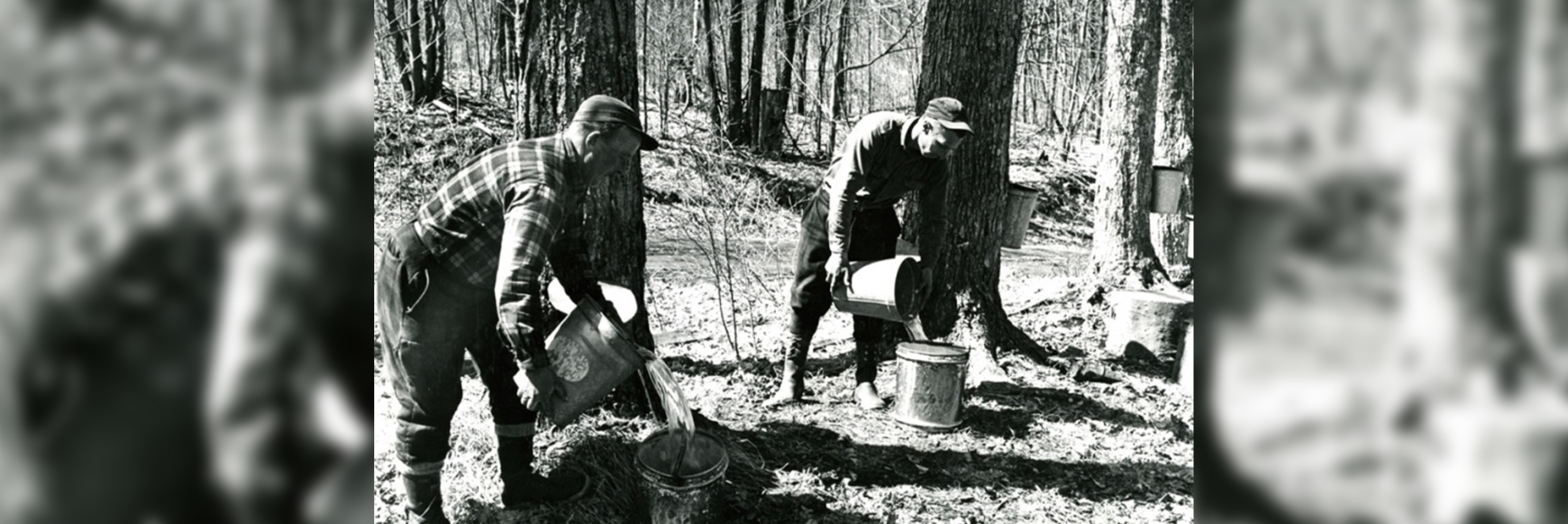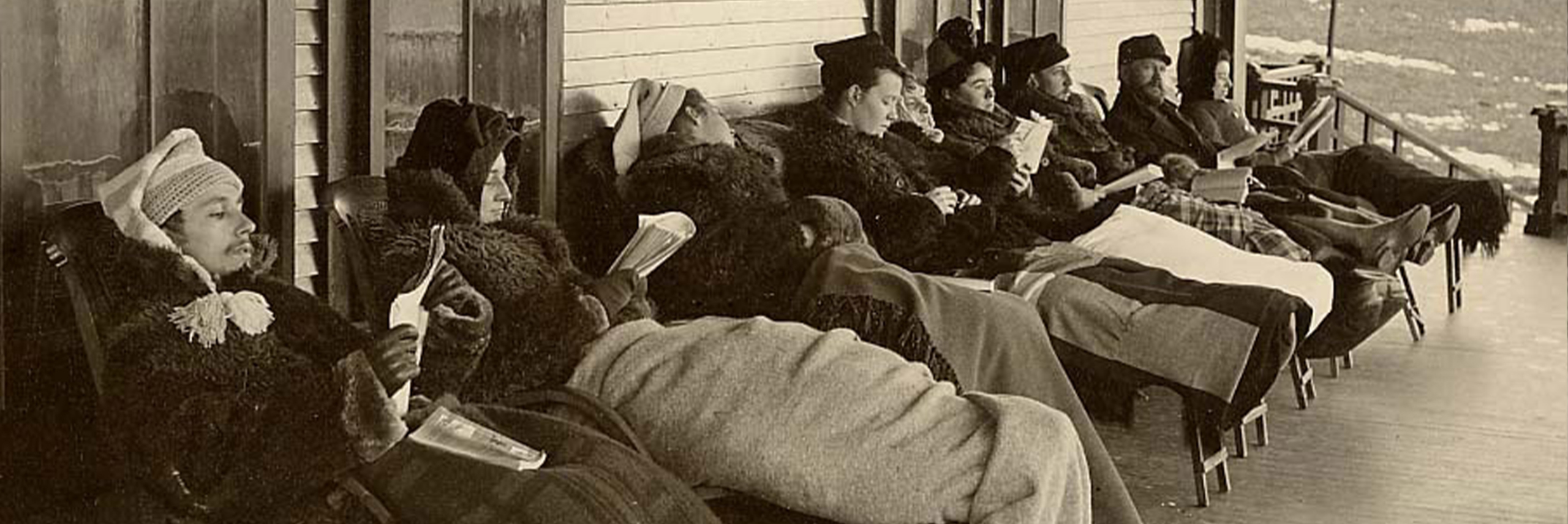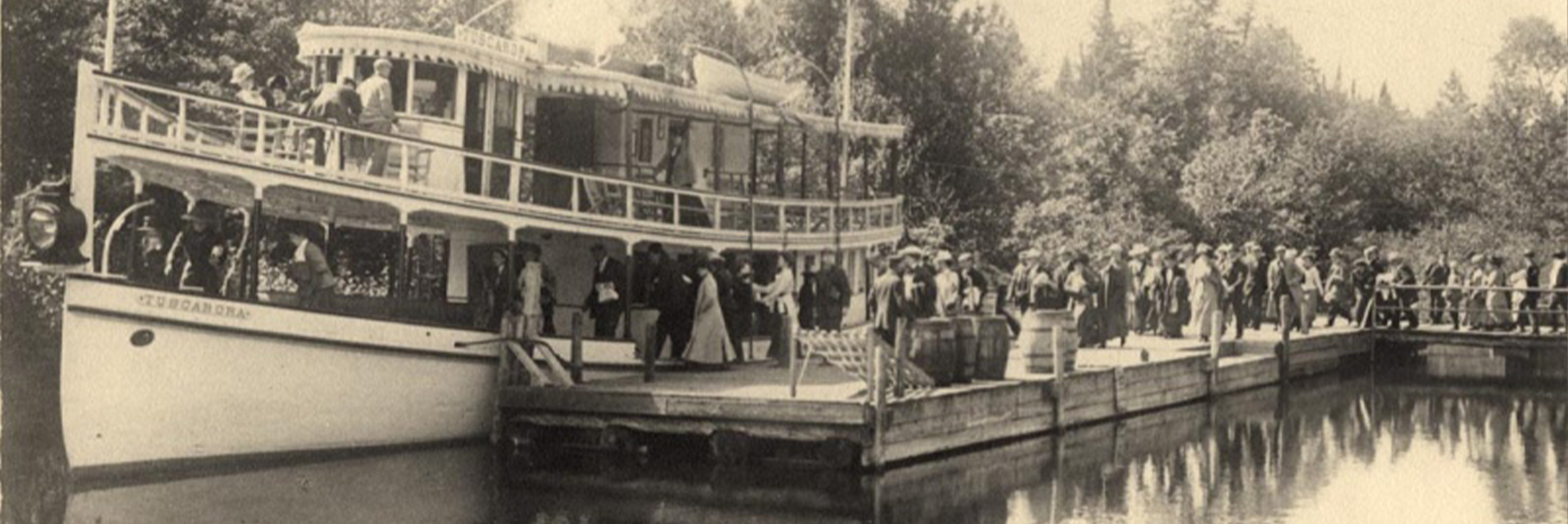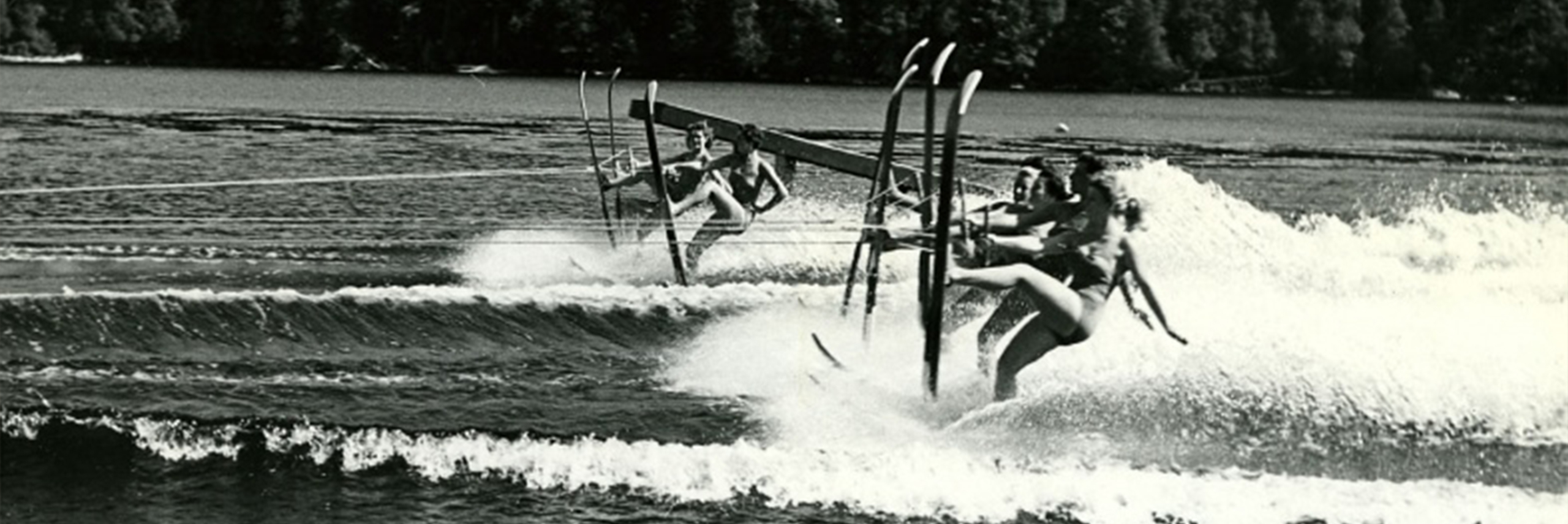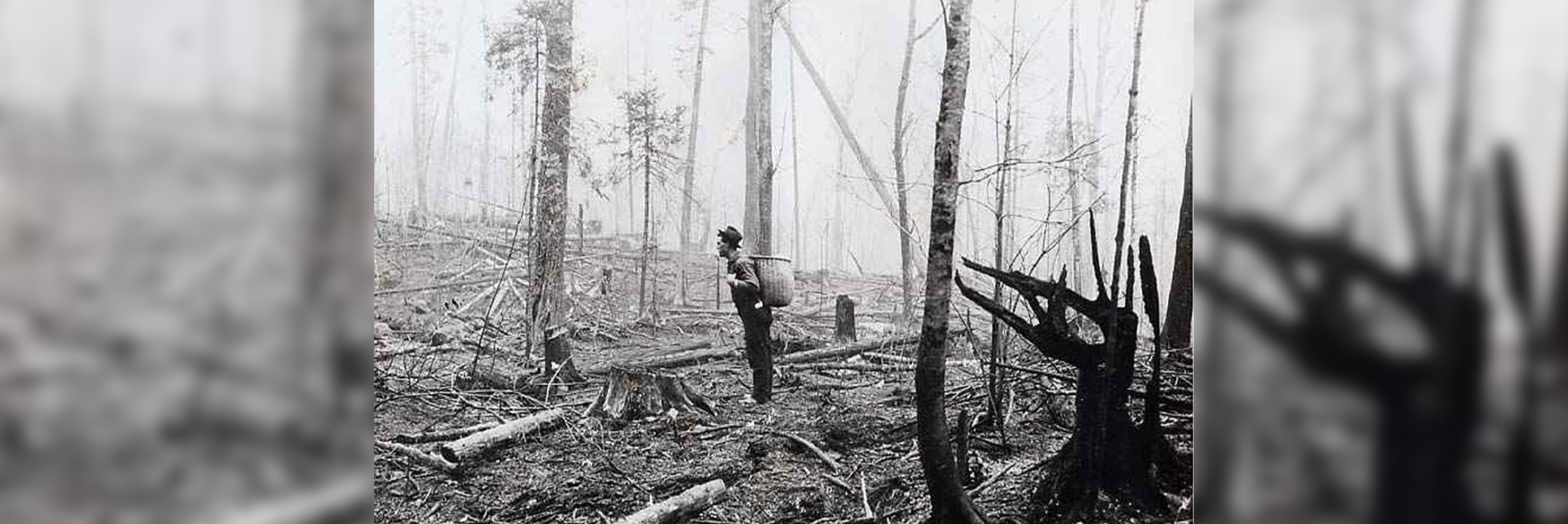Maple Syrup in the Adirondacks
Did you know that New York State is the third-largest producer of maple syrup in the world and is the second largest in the United States? Currently, Canada leads production with Vermont in second place.
As winter gives way to spring, maple syrup producers go to work. The sap starts flowing when temperatures climb above 40 Fahrenheit during the day and fall below freezing (32 F) at night. In Northern New York this generally happens between late February and early April.
During this time of year, it is not uncommon to venture down a side road in the Adirondacks and see metal buckets hanging from sugar maple trees. These “sap buckets” belong to individuals who make homemade syrup.
Maple syrup production has a long tradition in the region. Native Americans made maple syrup before Europeans arrived in North America. An Iroquois legend credits the beginning of maple syrup production with Chief Woksis.
As the story has it, one March day Chief Woksis threw his tomahawk into a maple tree. The next day when he retrieved it, the weather had turned warm and the gash dripped sap into a container that was near the tree. When the chief’s wife went to collect water from the river, she found the container with something that looked like water in it. She tasted the liquid and found it to be sweet, so she used it to cook with. The “water” boiled to syrup, beginning maple syrup production. (mapleweekend.com)
The traditional method of collecting sap involves “tapping” a tree, or drilling a hole where the metal tap goes. The sap flows from the tree through the tap into a metal collection bucket.
Larger producers have moved away from this method of collection. In order to harvest a greater amount of sap more efficiently, the maple trees in the sugar bush, a grove of sugar maple trees used for syrup making, are tapped and connected to a network of plastic tubing that takes the sap to collecting vats. Rather than having individual buckets on each tree, the tubing network brings the sap from every tree to one location, the collecting vat. From here the sap travels to the sugarhouse.
At the sugarhouse, the sap is boiled to remove water and yield the sugary syrup. In most cases when sap leaves the tree it contains 1-6% sugar. The final product, maple syrup, is 66-67% sugar.
There are many types of evaporators used to make maple syrup, the most traditional is a wood-fired evaporator. The basic method collects the sap in pans, which are heated by a wood fire, and the water boils off leaving behind the sweet syrup.
In modern production, there are far more fuel-efficient methods of evaporation than the wood-fired evaporator. Because fuel prices account for the greatest portion of manufacturing cost, maple producers are always looking for more efficient methods of evaporation. The Cornell Sugar Maple Research & Extension Program website is a great resource to view the various evaporation methods available.
In order to get one gallon of syrup, it takes 43 gallons of sap with a 2% sugar content. This means that 42 gallons of water need to be boiled off from the sap to achieve maple syrup.
Weather conditions, the size of the tree, the length of sap season, and the method of collection all factor into the amount of sap a tree will produce. A single tree can have 1-3 taps depending on its size and health.
The Adirondack Museum has close to two hundred objects related to maple syrup production in the area. Among the collection are wood and metal sap buckets, yokes for carrying sap buckets, sap pans, handmade chisels used for tapping trees, wooden sap spiles or taps, and many other unique items once used in syrup making.
If global climate changes continue as predicted, there will be a severe impact on the sugar maple trees in the region. Sugar maples are extremely sensitive to their environment, and an increase in annual temperature could mean a gradual decline in the number of sugar maples. Sap production is highly dependent on temperature, most specifically the number of days above 40 F and nights that fall below freezing. The environment determines not only sap production, but also the sweetness and water content of the sap.
There is a high demand for maple syrup worldwide, creating shortages and keeping the price of syrup high. Many believe that New York should reclaim its role as a leading maple syrup producer. This long regional tradition could be a way to improve the economy through producing and exporting a natural product.


